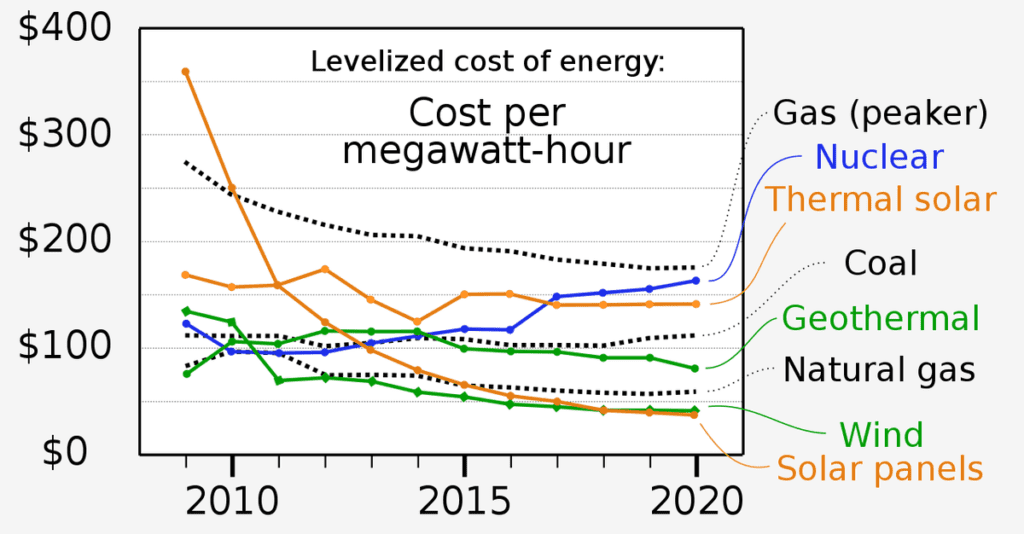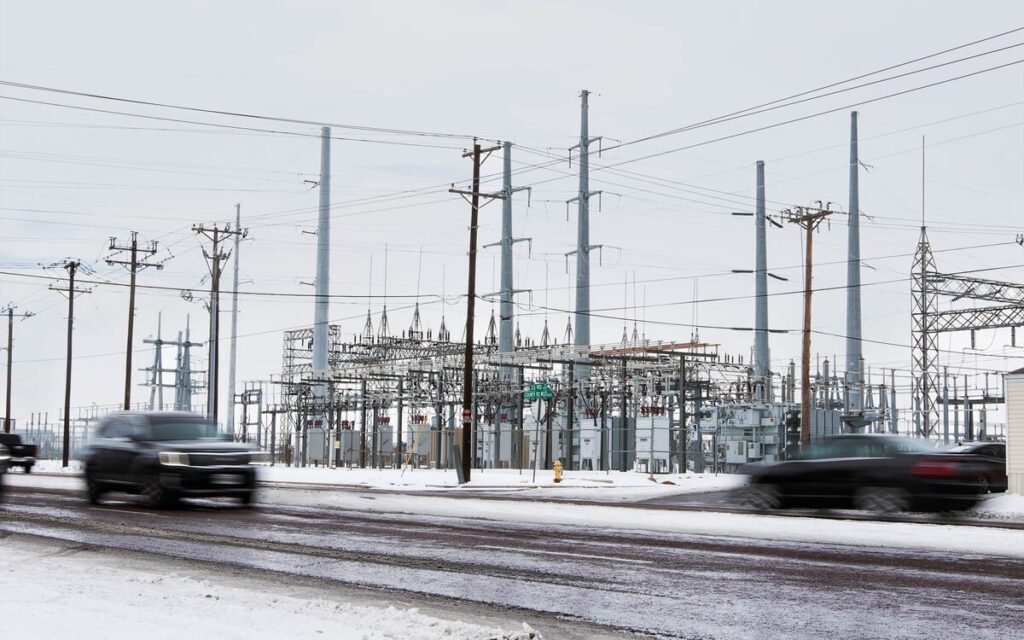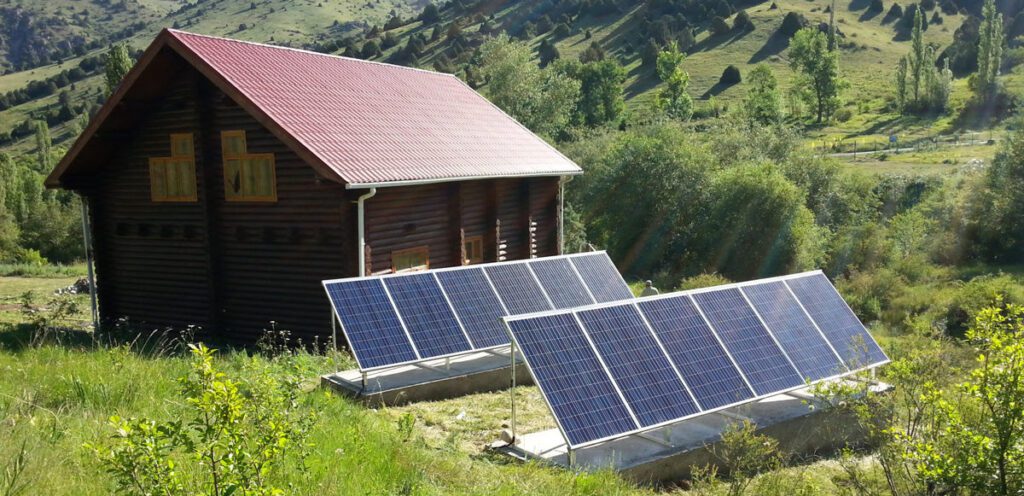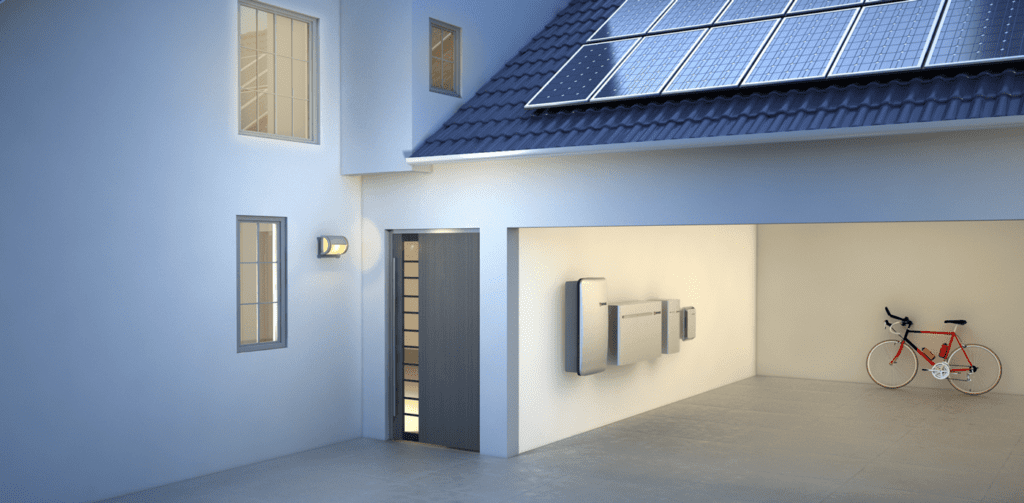Solar Batteries – Batteries and also power storage space will certainly be warm power topics of discussion and R&D throughout the 2020s not solar. Solar has currently shown itself to be one of the most cost-efficient power generator.

The most significant issue with solar is not the price to create the energy however what to do with the energy at the time of manufacturing.
Solar produces the majority of its power throughout the exact same 4-6 hrs everyday– we call these peak sun hours. Nonetheless, we pesky humans have a tendency to have the highest possible energy needs at night when the sunlight doesn’t radiate.
This is where batteries dominate. We overproduce lunchtime, as well as batteries aid spread the energy out right into the night hours as well as morning up until our panels can start creating all over once again.
Solar Batteries ought to be considered as a service for 2 circumstances:
Time of Use: Spreading out your power production throughout the day
Off-Grid: Complete power independence, large battery systems to actually and figuratively weather storms
Batteries for Time of Use
Price of Batteries
Sizing for Off-Grid
Batteries for Time of Use
One of the most usual demands from Solar-com customers is for us to offer them a battery to go “off-grid.”.
In reality, going off-grid calls for a lot more than a single battery– more on this later on in “Sizing for Off-Grid.”.
People generally include 5-20 kWh worth of batteries, mostly for maximizing time of use.
The majority of residences are connected to utility grids that charge various rates based on the moment of day the energy is being made use of. So, morning or lunchtime are usually the cheapest times, and after that energy rates can skyrocket in peak hrs, often 5-10 pm– the moment when people are home from work utilizing their Televisions, dryers, AC, and also various other power equipment.

A lot of house owners strategically size their planetary systems to create close to as lots of kWh’s a month as they make use of, but that can leave them overproducing at the times of greatest manufacturing and also underproducing at times when they use it most.
Batteries smooth this out because they algorithmically optimize when to utilize battery power to lessen your pull on the grid throughout the expensive optimal times, which can lead to considerable cash savings.
Allow’s look at an example. If your day-to-day consumption is 40 kWh, and you have an 9 kW system, your solar should generate enough energy to offset your costs if you have a 1-to-1 net metering contract (9 kW * 4.5 sunlight hrs = 40.5 kWh). For those with low web metering prices (looking at you, AZ), pairing your system with a battery need to make it so YOUR solar-generated power lasts the whole day.
Without a battery, you risk offering your excess power back to the utility at the wholesale rate and then buying it back at the retail rate (in states with negative internet metering plans) when needed.
Price of Solar Batteries
Batteries are terrific when they economically make good sense for your situation. At Solar-com, we can reduced voltage or high voltage batteries (which have 10-year warranties) at the prices listed below.
Crucial Note: The high voltage battery controller is needed for high voltage batteries. The listed below battery rate do not includes high voltage battery controller. If you already have a high voltage battery controller and/or just want to buy a battery, the price would be less.
Here’s a general estimate for how much battery capacity you will need:
For every 5 kW of solar, you ‘d need 10 kWh of storage. Other details like amp load of heavy duty equipment may affect this number, especially on the smaller single 10 kWh battery systems.
Determining if a battery makes financial sense is the big question. For some, it may not when strictly reviewing ROI. A general rule of thumb for determining IF a battery makes financial sense for you is to subtract your kWh rate from your net metering credit rate
Sizing for Off-Grid
With the recent chaos and the frequent blackouts in urope, demand for “off-grid” has never been higher.

However, we need to define what “off-grid” actually means.
Unless you are completely disconnected from the grid and fully reliant on solar and batteries, you are not technically considered off-grid.
Having 1-3 batteries (10-30 kWh of storage) could certainly cover the majority of your energy usage, spreading out what you collect from solar into the evening and early morning when the sun is not shining.
However, unless you have enough capacity to cover you through a winter storm, you won’t have enough to be “off-grid” and truly disconnected from city power. You’ll still be 90% + (weather permitting) energy independent, but off-grid typically requires a much heftier investment.
The rule of thumb when designing an off-grid system is to have 2-3 days worth of storage. To calculate this, simply look at your monthly kWh usage and divide by 30 to get your daily usage rate. Then multiply by 2-3 (days), and that is your storage need.
For example, I use about 2,100 kWh a month at my house. 2,100/ 30 = 70 kWh a day on average. Multiply that by 2.5 (I’m in Spain which is relatively sunny), and that equates to 175 kWh of needed storage.
Most people looking for true off-grid solutions do so for mountain homes or other remote locations where grid tie wouldn’t even be an option if they wanted.
Off-grid homes are usually smaller, and most will opt for lead acid batteries over lithium ion. Lead acid batteries are a little more high maintenance and can’t necessarily compete with a lithium ion battery’s longevity, but they are considerably cheaper.
For more information on off-grid solar systems, check out our blog article, “How Does Off-Grid Solar Actually Work?”
 Off-Grid Solar
Off-Grid Solar

